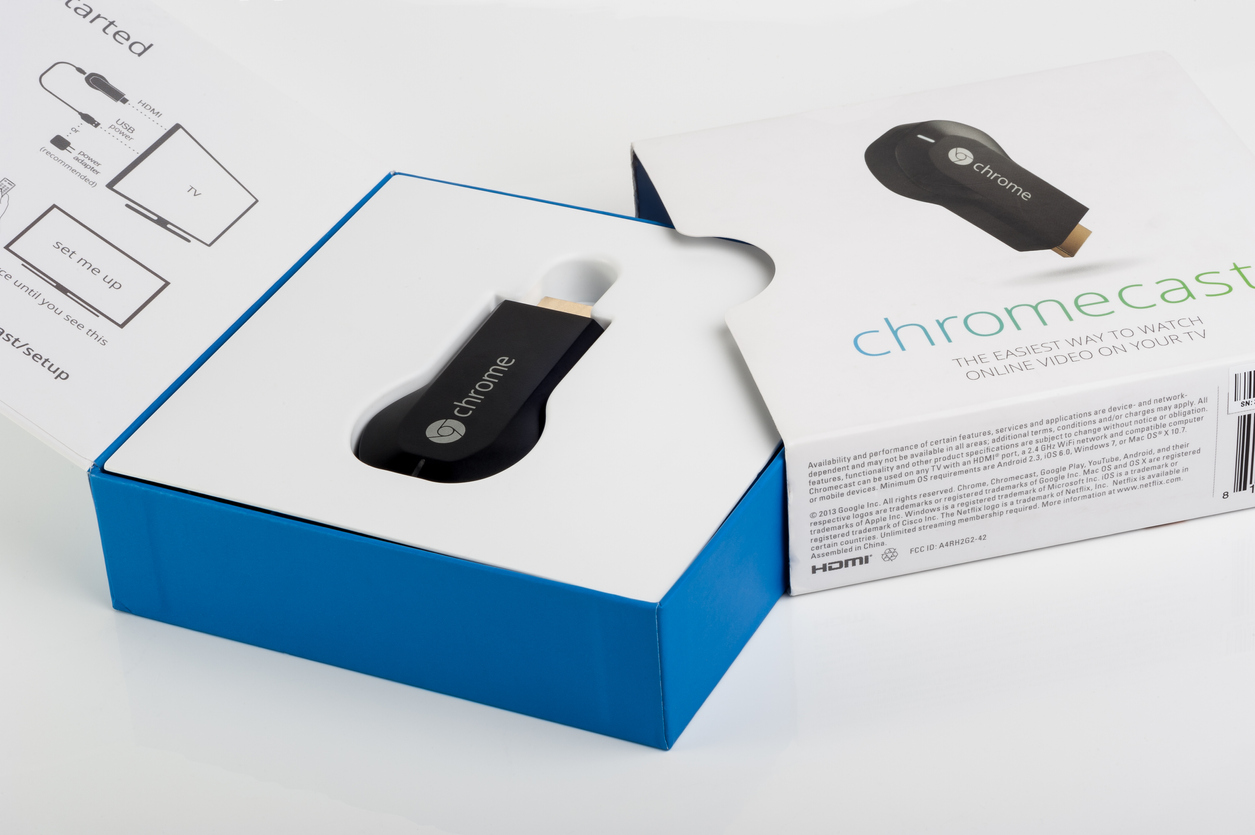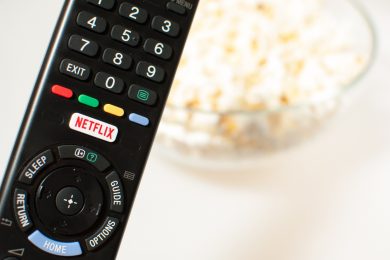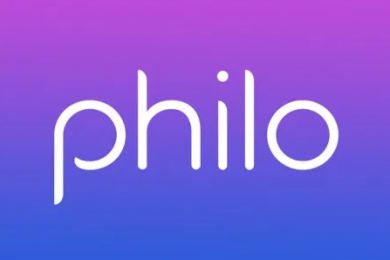The rise in popularity of streaming services has led to increasing numbers of consumers using smart speakers and video streaming devices. But are they energy efficient? Surprisingly, the answer depends on whether you wake and control a television using a smart speaker or a remote control.
A study from NRDC and Pacific Crest Labs, which analysed the power used by leading video streaming products and smart speakers on the market, revealed that streaming a show, sports event or movie uses pretty low levels of electricity. In fact, their designs are so efficient that they only consume a few dollars of power a year.
However, the study also showed that those who link a smart speaker to 2018 model televisions to wake them up and operate them without a remote will experience a surge in standby power use – from as much as 1 watt to 20 watts. The long term effect of this simple action can be as drastic as the annual bill for TV use doubling, as on average, the kilowatt hours used per year would increase from 106 to 248. What does this mean in terms of cash? Around $200 extra in bills per year.
The video streaming devices tested were the Amazon Fire TV, Google Chromecast Ultra, Roku Ultra and Apple TV. When they were in on mode, they used similar power levels. However, the standby power levels of the Google Chromecast Ultra and the Roku Ultra were much higher than the Amazon Fire TV and Apple TV. As these devices typically spend most of their time in standby mode, this will add up drastically every year.
That being said, streaming devices use much less power than traditional set-top boxes which are paired with cable and satellite services for pay TV services. In fact, if you can access the same services from an app on your streaming device or directly onto a smart TV, it’s recommended the set-top box is removed and returned to the provider, as this will result in a drastic reduction in energy bill costs.














